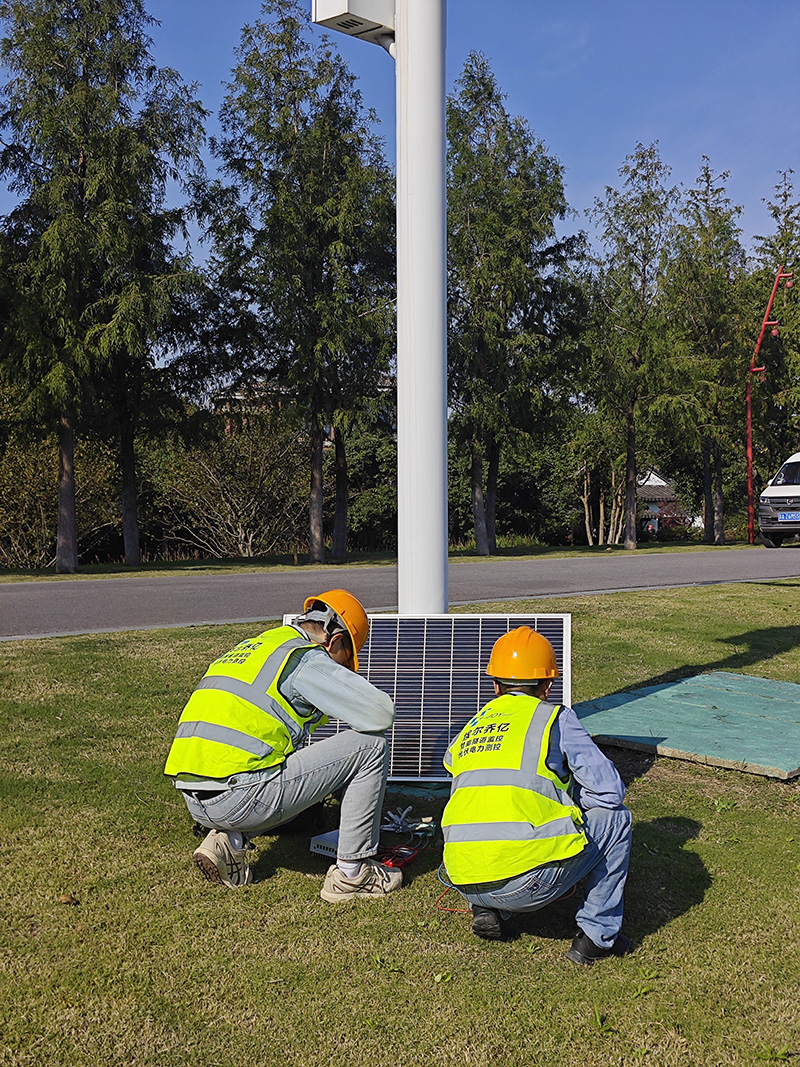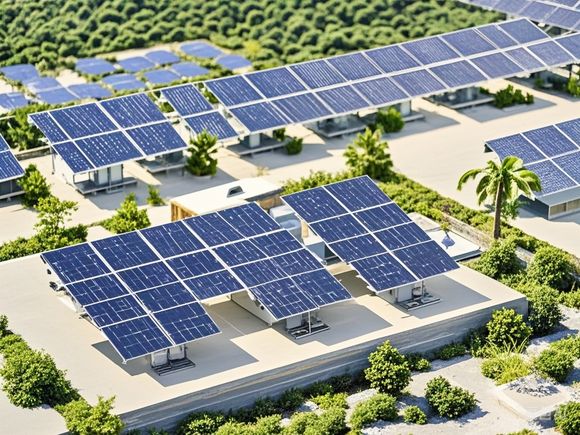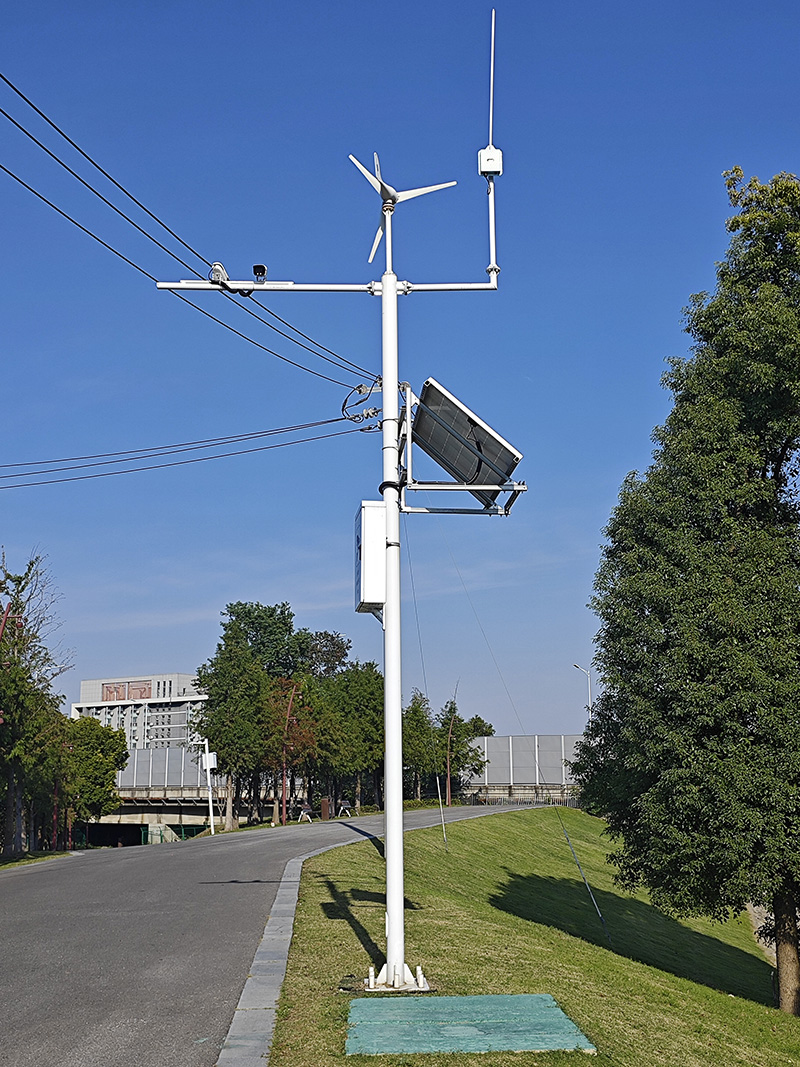Understanding Solar Power: Principles and Technologies
Solar power is all about harnessing the energy from the sun and turning it into electricity. It's a clean and renewable energy source that's becoming more and more popular as we look for ways to reduce our reliance on fossil fuels. There are two main types of solar power: photovoltaic (PV) systems, which use solar panels to directly convert sunlight into electricity, and solar thermal systems, which use the sun's heat to either heat water or air, or to generate electricity through a heat engine.Photovoltaic systems are the most common type of solar power you see on homes and businesses. They're made up of solar panels, which are composed of many solar cells. These cells contain a special material that can create an electric field when exposed to sunlight, generating a direct current (DC). An inverter is then used to convert the DC power into alternating current (AC), which is the type of electricity we use in our homes and businesses.Solar thermal systems work a bit differently. They use the sun's heat to either heat water or air, or to power a heat engine that generates electricity. For example, a solar water heating system might use evacuated tubes or flat plates to collect the sun's heat and transfer it to water, which is then stored in a tank for use in your home.Both types of solar power systems can be grid-connected, meaning they're connected to the utility grid and can either feed excess power back into the grid or draw power from the grid when the sun isn't shining. This can help balance the electricity needs of your home or business and can even earn you credits on your energy bill.Solar power is a great way to reduce your carbon footprint and contribute to a more sustainable future. It's also a long-term investment that can save you money on your energy bills over time, especially as the cost of solar technology continues to decrease and the efficiency of solar panels keeps improving.
Content:
Hey there! Welcome to our dive into the world of solar power. If you're new to the concept or just looking to brush up on your knowledge, you've come to the right place. Let's get started with the basics!
So, what exactly is solar power? It's simple, really. Solar power is energy from the sun that is converted into electricity. This conversion can happen in two main ways: through photovoltaic (PV) cells or through concentrating solar power (CSP) systems.

Photovoltaic cells, or solar panels as you might know them, are the most common way to generate solar power. These cells are made of semiconductor materials like silicon. When the sun shines on a PV cell, it knocks electrons loose, creating an electric current. This process is called the photovoltaic effect, and it's the basis for how solar panels generate electricity.
CSP systems, on the other hand, use mirrors or lenses to concentrate sunlight onto a small area, heating a fluid that then generates steam to power a turbine. This method can store energy in the form of heat, which can be used to generate electricity even when the sun isn't shining.
Now, let's talk about the technology behind solar panels. PV panels are made up of many individual PV cells connected together. These cells are typically made of silicon, which is abundant and relatively inexpensive. When sunlight hits the cell, a small percentage of the light is absorbed and converted into electricity. The more sunlight a panel can capture, the more electricity it can produce.
The efficiency of a solar panel is a measure of how well it converts sunlight into electricity. The efficiency of a typical solar panel ranges from about 15% to 20%, meaning that 15-20% of the sunlight that hits the panel is converted into usable energy. While this might not sound like a lot, solar panels can still produce significant amounts of energy over time due to the sun's consistent presence.
Solar power systems can be designed for various applications, from small, rooftop panels that power homes and businesses to large-scale solar farms that can generate electricity for entire communities. The size and scale of the system depend on the energy needs and the available space.
One of the biggest advantages of solar power is that it's a clean, renewable energy source. Unlike fossil fuels, solar power doesn't produce greenhouse gases or other pollutants. This makes it a key player in the fight against climate change. Plus, once a solar panel is installed, the energy it produces is free, which can lead to significant savings on energy bills over time.

Installing solar panels can also increase the value of your property and make your home or business more attractive to potential buyers or tenants. It's a smart investment that can provide long-term benefits.
Maintenance for solar panels is relatively low. They don't have any moving parts, so they don't wear out like a wind turbine might. However, they do need to be kept clean and free of debris to operate at peak efficiency. Regular inspections and occasional panel cleaning are usually all that's needed to keep your solar system running smoothly.
In conclusion, solar power is a fascinating and increasingly important part of our energy future. Whether you're considering installing solar panels at home or just want to learn more about how they work, understanding the principles and technologies behind solar power is a great place to start. So, go ahead and bask in the knowledge of solar energy – it's a bright idea!
Content expansion reading:
As a foreign trade operator, I have always been fascinated by the vast potential of renewable energy sources like photovoltaic (PV) technology. The principle behind this innovative technology is based on capturing the sun's energy directly from the air or ground, converting it into electricity that can be used for both domestic and industrial purposes. This process is not only environmentally friendly but also has the potential to significantly reduce our dependence on fossil fuels, thus contributing to global efforts in reducing carbon emissions and mitigating climate change.
Photovoltaic panels are essentially large solar cells that capture and store sunlight as electric energy. They consist of several layers, including the top layer of silicon wafers coated with a thin layer of a photoactive material such as copper indium gallium selenide (CIGS), which is sensitive to light. When sunlight hits these layers, it excites electrons within the material, causing them to move through an external circuit and produce electricity.

One significant advantage of PV technology is its scalability. As technology improves, we can expect to see larger, more efficient modules that can generate more power with less area. This makes PV a compelling option for both residential and commercial applications. For instance, PV systems have become increasingly popular in countries like Germany and Spain, where they provide clean and cost-effective electricity to households. Similarly, businesses in Australia and China are turning to PV systems for their rooftop installations, which can significantly reduce their electricity costs while reducing their carbon footprints.
Another crucial aspect of photovoltaic technology is its flexibility. Unlike traditional power generation methods that require large initial investments, PV systems can be installed quickly and easily, making them ideal for remote areas or small communities that lack access to grid-based electricity. Additionally, PV technology can be used in conjunction with other renewable energy sources to create hybrid systems that offer a more reliable and sustainable source of energy.
However, there are still challenges associated with the adoption of PV technology. One major issue is the high initial cost of purchasing and installing PV equipment, which can be prohibitive for many small and medium-sized businesses. Furthermore, there is a need for increased investment in research and development to improve the efficiency and longevity of PV panels, as well as to address issues such as shading, dust, and temperature fluctuations that can reduce their performance.
Despite these challenges, there is no doubt that the future of renewable energy lies in the realm of PV technology. As we continue to push the boundaries of innovation and explore new ways to harvest and use the power of the sun, we can expect to see even more widespread adoption of PV systems around the world. Whether it's transforming entire communities into net-zero powerhouses or simply providing cleaner and more affordable electricity for individual homes, PV technology has the potential to play a crucial role in our transition towards a sustainable future.
In conclusion, photovoltaic technology represents a powerful tool for achieving a more energy-efficient and environmentally conscious world. By harnessing the sun's natural resources and turning them into usable electricity, we can reduce our reliance on non-renewable sources and contribute to a healthier planet for generations to come. As we continue to explore the possibilities of this revolutionary technology, let us embrace its potential for positive change and work together towards a brighter, cleaner future.
Articles related to the knowledge points of this article:
How Much Does a Small-Scale Solar Power System Cost?
Affordable Solar Power Solutions for Your Home or Business
Solar Power for Your Home: A Guide to Small-Scale Solar Electric Systems
Small-Scale Solar Power Stations: Revolutionize Your Energy Future Today!
Small-Scale Solar Power Systems: A Cost-Effective Solution for Sustainable Energy